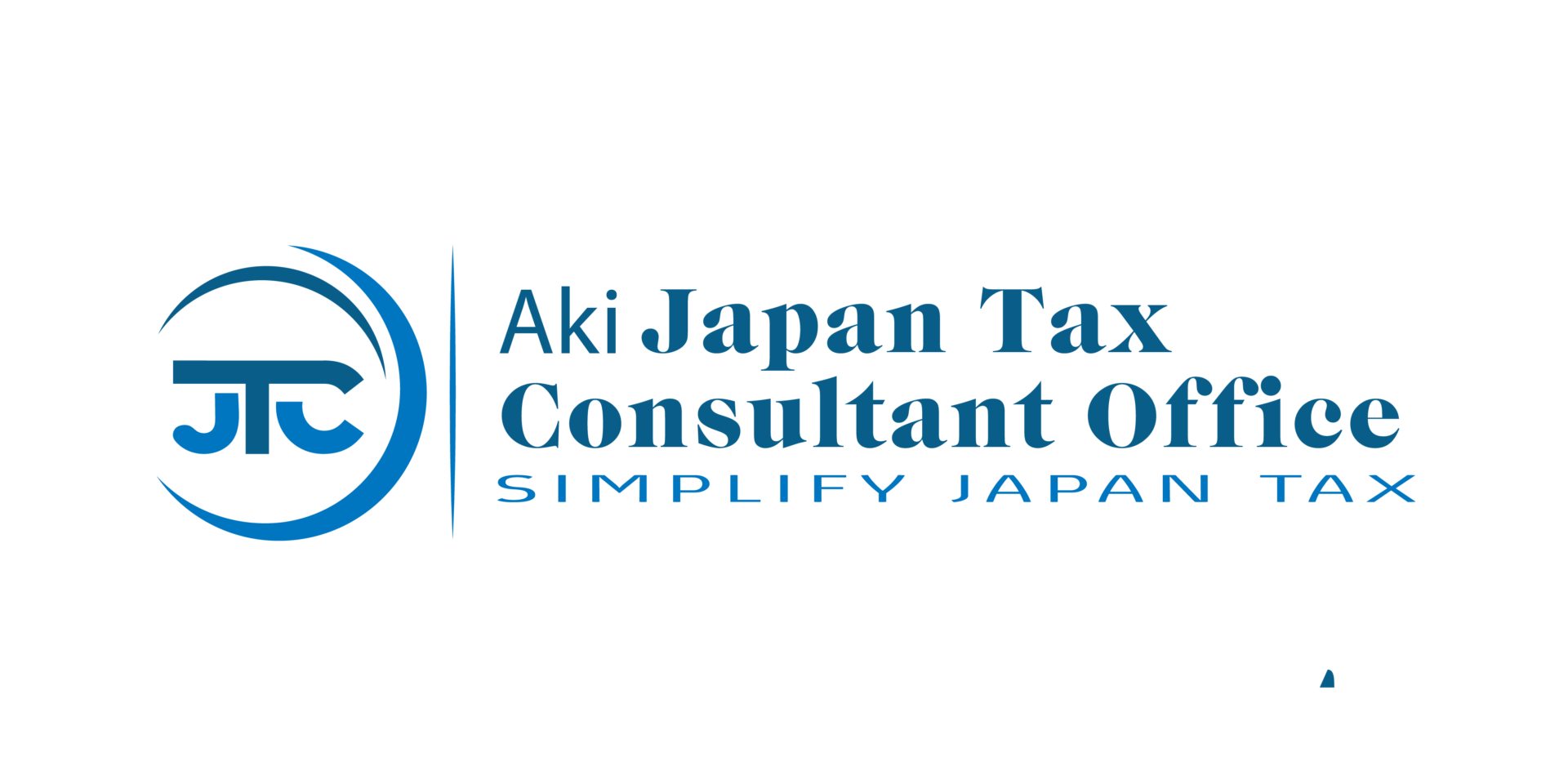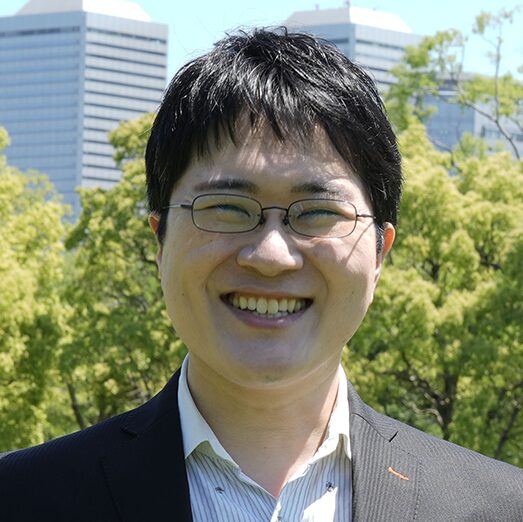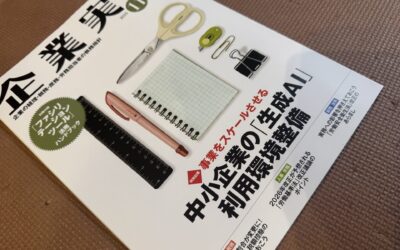Welcome to today’s deep dive into the world of Japanese business structures. If you’ve ever wondered about Kabushiki Gaisha’s and Goudou Gaisha’s intricacies, you’re in the right place!
—
Common Ground: Kabushiki Gaisha & Goudou Gaisha
Before we delve into the differences, let’s highlight what these two entities share:
- Limited Liability
Both business forms offer protection to their owners, ensuring personal assets remain separate from business liabilities. - Single Ownership
Whether you’re a solo entrepreneur or a business magnate, both structures allow for single-person establishment. - Minimal Capital Requirement
Starting a business in Japan doesn’t require a fortune. Kabushiki Gaisha and Goudou Gaisha can be established with a capital of just 1 yen.
—
Distinguishing the Two: Key Differences
While they share some similarities, Kabushiki Gaisha and Goudou Gaisha have distinct characteristics:
- – Kabushiki Gaisha (Joint-stock Company)
- – Management is separate from shareholders.
- The establishment cost is around 240,000 yen.
- – Requires 定款認証 (Certification of Articles of Incorporation).
- – Executive officers, or 取締役 (often translated as ‘directors’), typically serve for two years.
- – The highest decision-making body is 株主総会 (the shareholders’ meeting).
- – Goudou Gaisha (Limited Liability Company)
- – Business owners and investors often overlap.
- The establishment cost is approximately 100,000 yen.
- – No need for 定款認証 (Certification of Articles of Incorporation).
- – Executive officers, known as 代表社員 (executive members), generally have no term limits.
- – The top decision-making body is 社員総会 (members’ meeting).
—
Conclusion
While Kabushiki Gaisha and Goudou Gaisha have shared features, their differences lie in establishment costs, notarization requirements, decision-making structures, and term limits for officers. Understanding these nuances is crucial for anyone looking to venture into the Japanese business landscape.
If you found this article insightful, please share it with others who might benefit. And for more in-depth explorations into the business world, don’t forget to subscribe!




